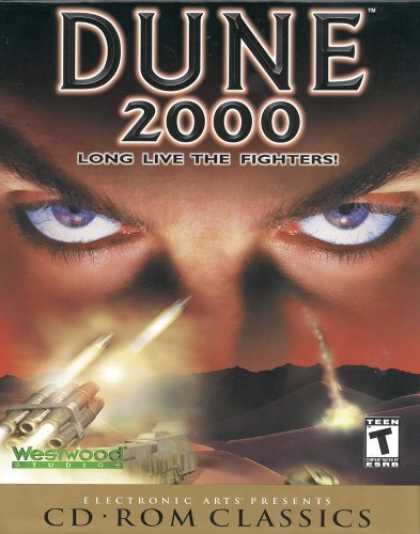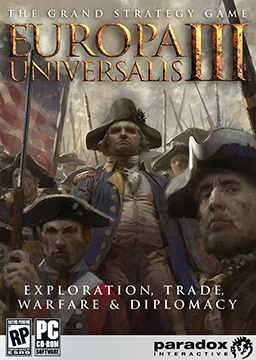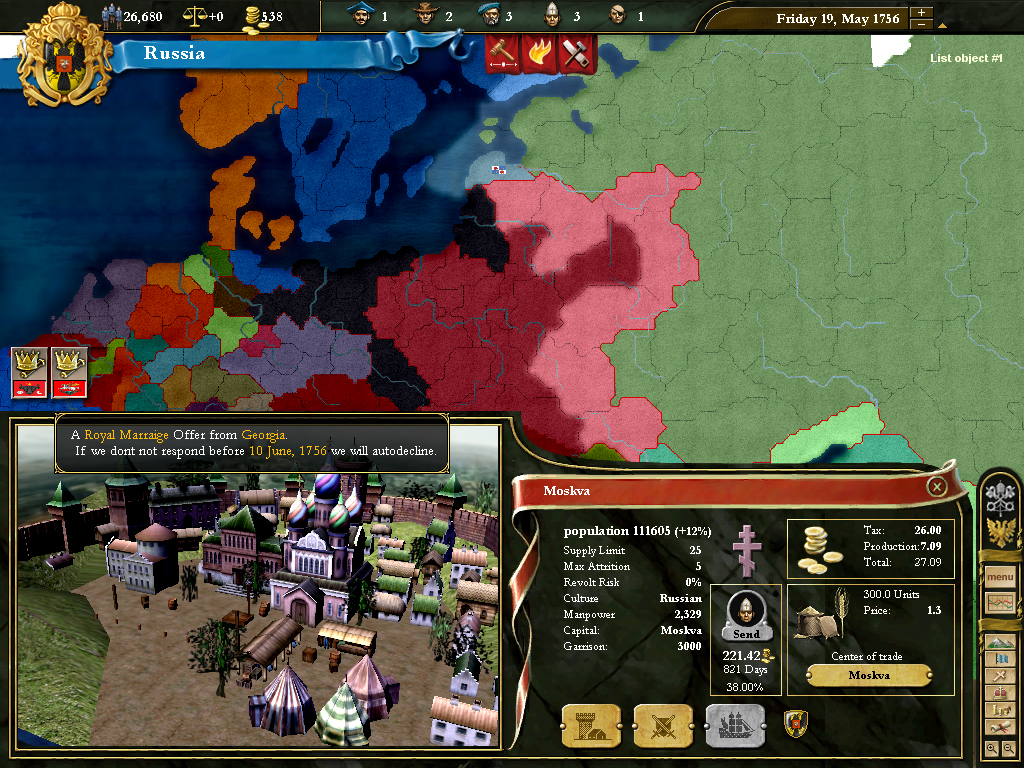
Prototype is an action adventure game that was developed by Radical Entertainment and published by Activision in 2009. I have played the pc version.
The game takes place in present time New York City, on the island of Manhattan to be specific, where a horrific virus is spreading through the streets. The entire island has been put under quarantine by the US Marine Corps to prevent the spread of the virus.
You play as Alex mercer, person with no memory of his past and with the ability to change his body parts into various weapons and defenses, and the ability to consume other persons and take their identity, memories and their entire body.
When starting a new game you are taught how to move, attack and change your body. In this stage the virus is at its peak. After completing this level you flashback to the beginning of the outbreak. By completing the primary missions you progress in the game. After completing a certain amount of those missions, you get a flash-forward and a part of the story is revealed. This Is however not entirely right. To uncover the history and facts around the game, you can consume targets for your Web of Intrigue. When you consume a target you get a small video which gives a few hints about what happened during and what happened before the events that take place in the game. Back to the primary missions. After the fast-forward, you get another flashback. when that happens the days change and a percentage is given to show you how many people are infected in the city. You work your way from day one up to day eighteen.
Next to the primary missions you also have side missions. These can vary from consuming targets, killing a certain amount of infected or marines or running and jumping through a course.
With completing missions, consuming and killing enemies or innocent people you get Evolution Points. These points can be spent on increasing your survivability or making you more deadly in combat by unlocking special moves and new powers.
Alex has an arsenal of deadly weapons that he can use. Some have to be unlocked first with EP. An example of one of those weapons are the claws. This is my favorite weapon. Every weapon has a basic attack and a special attack. The reason why I love this weapon is because with this attack you can rise up spikes of biomass from underneath the ground and impale anyone unfortunate enough to be caught in the radial area of damage. So yeah, I love it. But the most devastating powers in the game are the Devastator attacks. These attacks are the superweapons in his arsenal. But I will not be a spoiler and will let you discover what these things can do.
But the fun doesn’t end there. After a while, Alex is able to pilot certain military vehicles. At first there are only Black Hawk and Bradleys, but as the situation in the city escalates, more and more heavy equipment is brought in, so you’ll end up driving Abrams and Apaches.
You can speak of two factions in Prototype. The first group is the US Marine Corp, who are commanded by the black operation, Blackwatch. The marines orders are to contain the virus, but are really used as shock troopers, soldiers who do the heavy damage and take the full blow i.e. casualties. Now Blackwatch is a nasty organization, they do the clean up after the work is done and are the real badguys that want to take you down by any means necessary.
The other faction are the infected. You have the population that has gone berserk, trying to kill every non-infected, and you have the abominations. The result of the virus transforming their host into something else. You have some minor abominations, as I would call them, that are not that powerful. But the other ones, called Hunters, are the ones that can really ruin your day. These creatures from hell are twice the size of a normal human and with a lot more muscles.
The game looks pretty good. In combat you will see bodyparts and blood flying freely through the air. The city itself might feel a bit empty, and I mean that most of it looks the same with a few subtle differences. But on the streets its chaos when the virus finally goes crazy. You will see soldiers firing at infected, civilians running for their lives, infected people and Hunters.
Though I have some complaints about the game. You will find yourself doing the same things over and over, but you will be too busy to really care about that. Moving around the city, especially in combat, can be quite chaotic. This really comes to light when driving ground vehicles, they drive towards where you are pointing at. And that’s where the controls get weird, but you really have to experience that yourself. And my final complaint is that combat can be incredibly annoying. Sometimes you are chased from one end of the map to the other end, but also that some special moves of the Hunters can’t be countered or stopped.
So my conclusion of Prototype, I really good game. It has it flaws but that’s common in every game. A nice storyline and awesome moves make this game awesome.




